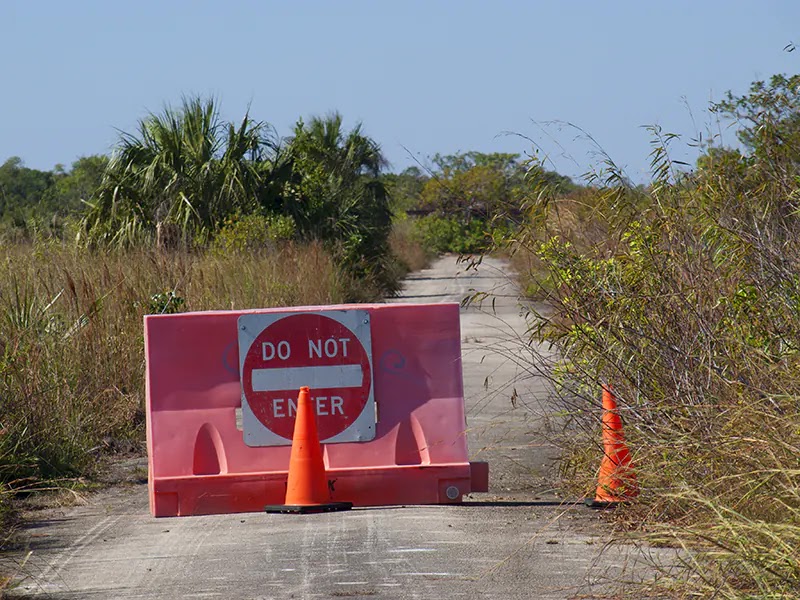Ruins of a sugar mill and rum distillery from the 19th century

|
| Dummett Sugar Mill Ruins, Florida - License our images here. |
Ruined chimneys and an old wall of coquina and bricks on the eastern side of Old Dixie Highway. What is that? U-turn and stop in a small clear on the side of the road.
Surrounded by a forest of Spanish moss draped oaks, pines, and Florida palms, these are the leftovers of the Dummett Sugar Mill after being destroyed by an Indian attack almost two centuries ago. Age, decayed mortar, and intrusions of tree roots have taken a toll of the ruins.
Colonel Thomas Dummett, an ex-officer of the British Marines, bought these lands by 1825 from John Addison and Bunch. A year later, he built the sugar mill and distillery. He brought the boiler from Barbados, the island of the Caribbean where he learned the business of sugar production - Dummett fled the place after the slave revolt of 1816, the Bussa commanded rebellion. His new sugar mill became the first steam-operated in this part of Florida.
The Indians attacked Dummett's plantation at the start of the Second Seminole War. A report from January 6, 1836, from the newspaper Florida Herald of St. Augustine says that the house was attacked by 13 Indians under the lead of a Black Seminole named John Caesar.
Thomas Dummett had to escape with his family to St. Augustine. He lived in this house until his death in 1839.
One of Thomas Dummett eleven children, Anna Dummett, described the old plantation in a manuscript. She mentions that Seminoles sometimes were hired to work besides the slaves. The Indians loved the rum and traded game for sugar or clothing - never accepted to be paid with money.
Interesting historic place for a breve stop along the road.
(We were camping nearby at Tomoka River State Park.)



Comments
Post a Comment